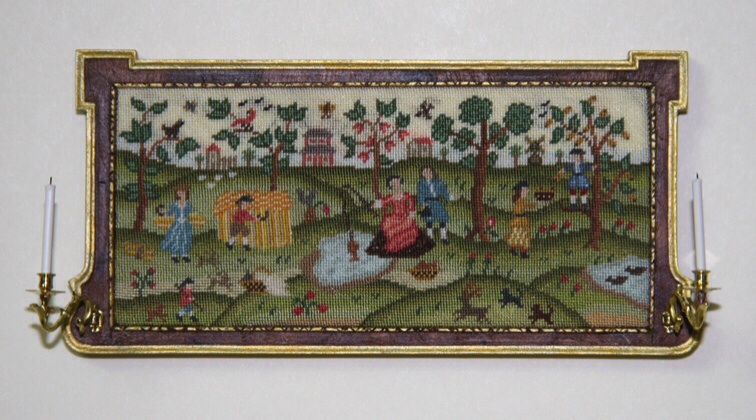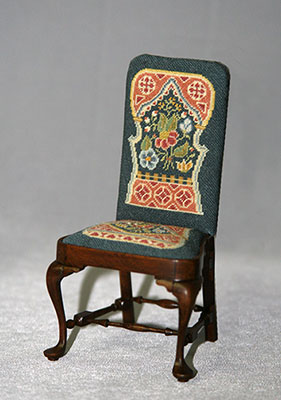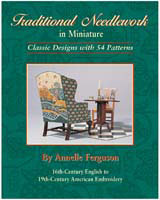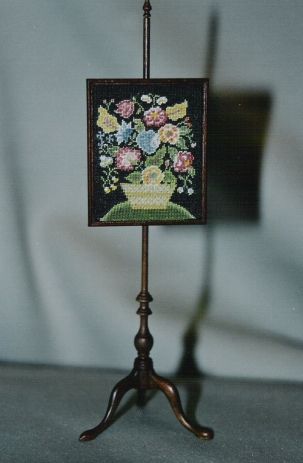Miniature Cathedral by Ryan McAmis
 Describe your background in the arts.
Describe your background in the arts.
I studied Communications Design at Pratt Institute, with a focus on Illustration. I also took a lot of painting classes there. I often spend time working on design projects, paintings, drawings, miniatures, music, and more. As far as picking a favorite, it really depends on what I’m into at the moment. For example, I’ll be really focused on illustration, then I’ll burn out and I’ll switch over to piano for week or so. When I’m hitting a wall there, I’ll work on the miniature cathedral. I have to say though, that the cathedral is the most relaxing and enjoyable. Drawing and piano tend to stress me out more.
What’s your process when creating works of art?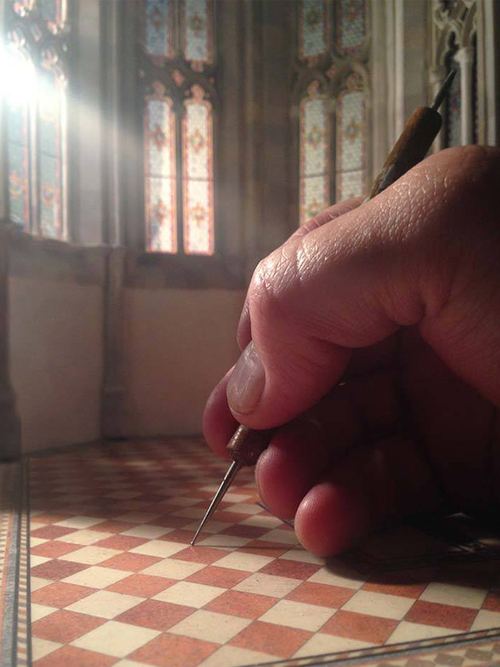
I wish I had a set process—I’d probably be more productive. As far as the miniature cathedral, I start with a lot of research, followed by some sketches until I get a rough idea. Then I’ll do some scale vector drawings on the computer and get the proportions and measurements right. Once my plans are all set, I’ll start building the final pieces.
Where did the idea for your cathedral project stem from?
When I was a child I was obsessed with architecture and especially old cathedrals. I would spend all of my free time drawing from books on art history and architecture. I eventually started building models of cathedrals out of sugar cubes. Sometime around the 7th grade, I discovered foamcore. I would spend several months on these models. This went on through high school, until I went away to college. Now 20 years later, I decided to pick it up again as an adult and apply what I know now as far as techniques, materials and new technology available.
What different types of materials have contributed to the construction of your cathedral project?
For example, let’s take one of the Gothic windows. In order to make this window, I use various materials to get the right textures. It can range from wood to clay and acrylic, even treated paper. Some pieces look best hand cut, some are better laser cut, whatever it takes to get the most perfect and realistic detail. 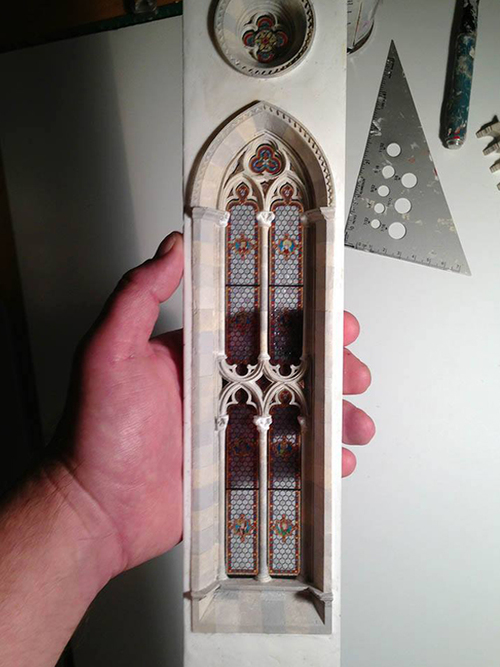 Then I glue all these elements together and make a master Gothic window. The next step is to make a silicon mold of it, which I then use to cast multiple pieces in white plastic. Once the cast plastic windows are ready, I hand paint them. This is pretty much the same process for all the pieces for my cathedral, everything is eventually cast in white plastic and hand painted in the end.
Then I glue all these elements together and make a master Gothic window. The next step is to make a silicon mold of it, which I then use to cast multiple pieces in white plastic. Once the cast plastic windows are ready, I hand paint them. This is pretty much the same process for all the pieces for my cathedral, everything is eventually cast in white plastic and hand painted in the end.
Do you have plans to exhibit the work upon completion?
I haven’t thought about it yet. The cathedral project is probably going to take about 5 years to complete. Unfortunately, I only get to work on it in my spare time. I work crazy long hours as an illustrator and graphic designer, so I can only squeeze in time early in the morning before work or late at night when I get home.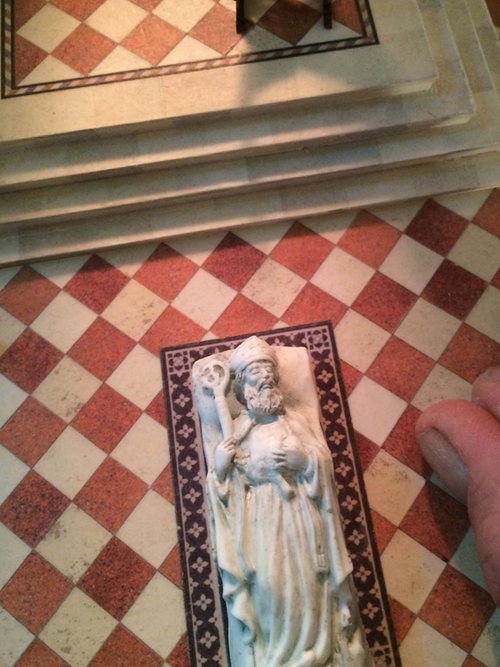
Does the cathedral piece have any secret chambers or hidden gems within it?
Recently my cat Leo passed away at the age of 22. I kept one of his fangs that fell out a couple months before he died as well as a bundle of his whiskers and lock of his hair, all of which I interred into one of the funerary wall monuments in the cathedral. So kitty has a little resting place in there. I do plan to add more secret things. I would love to figure out how to make a functioning gargoyle system so that if I pour a glass of water on the roof it runs off and drains out of the mouths of tiny gargoyles.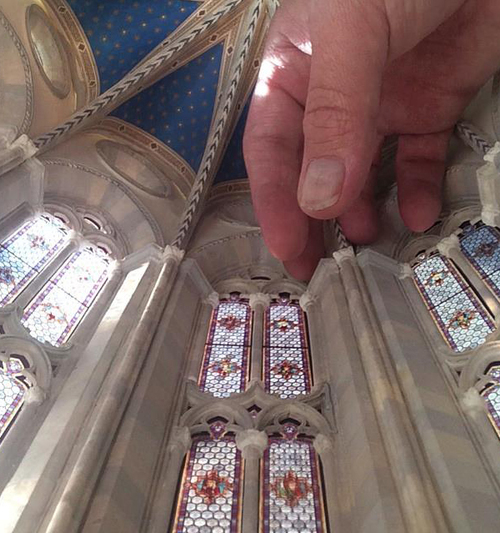
What’s your favorite period of art history?
I’m really attracted to the austerity and simplicity of the early Renaissance, before it got it really extravagant. I love Fra Angelico, in fact the backgrounds of his paintings, the architectural elements and interiors that his subjects inhabit are big influences on the design of my cathedral. Giotto as well. His architectural backgrounds are really influential.
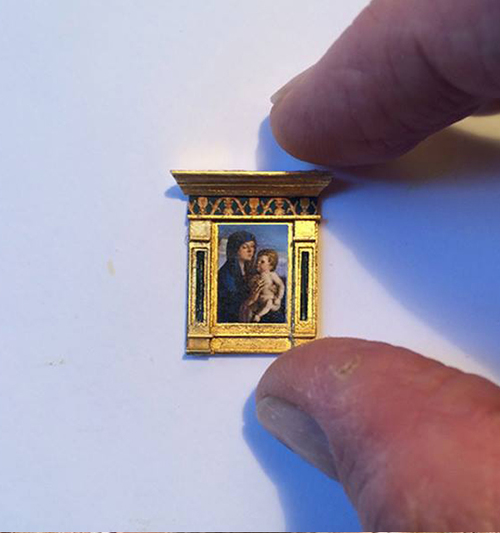 On the other hand, I’m also a huge fan of 20th century to present day art. Clyfford Still, Helen Frankenthaler, Louise Bourgeois as well as illustrators such as Saul Steinberg and Jan Lenica.
On the other hand, I’m also a huge fan of 20th century to present day art. Clyfford Still, Helen Frankenthaler, Louise Bourgeois as well as illustrators such as Saul Steinberg and Jan Lenica.
Advice for beginner artists?
Stay relaxed and don’t take yourself too seriously. Play around with the materials. The best breakthroughs usually come by accident.
Tool or material you can’t live without?
Smooth-On mold making and casting materials. 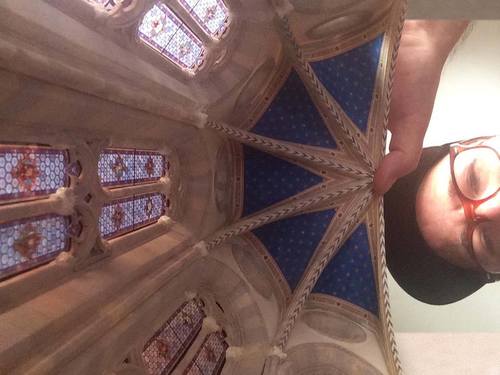 I also can’t live without my computer. I do all my designs on the computer first. Rounds and rounds of designs until I get it right, then I build the real thing.
I also can’t live without my computer. I do all my designs on the computer first. Rounds and rounds of designs until I get it right, then I build the real thing.
Why miniatures?
I’m able to build something I would never be able to build in real life.
To follow along on Ryan’s many mini adventures (and to see how the miniature cathedral turns out!), visit his website or check him out on Instagram.
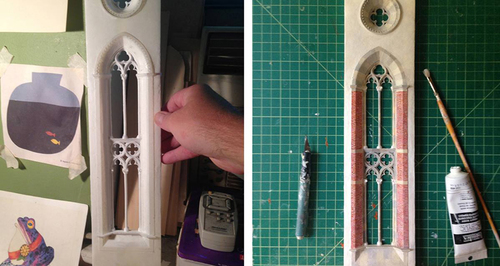
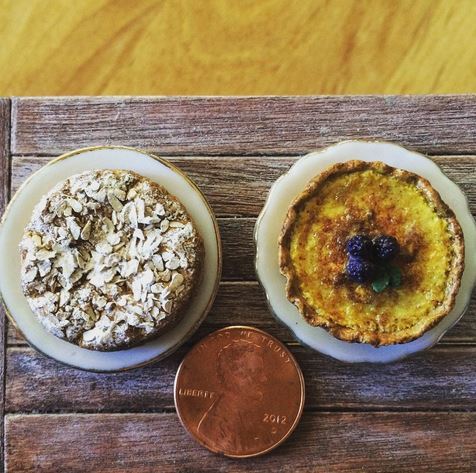
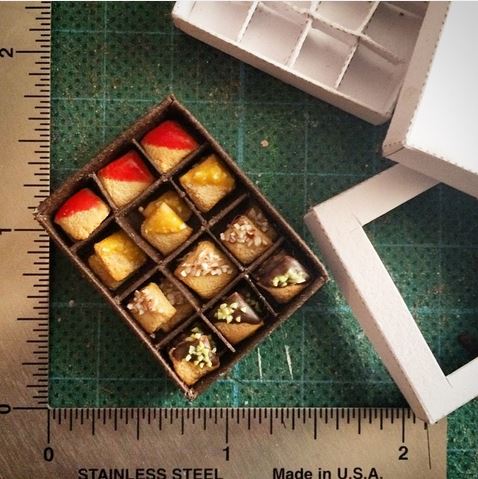

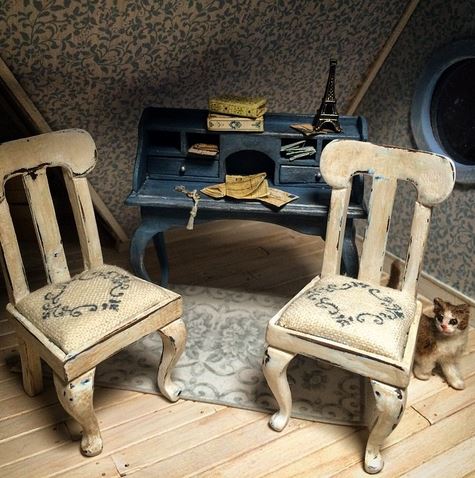
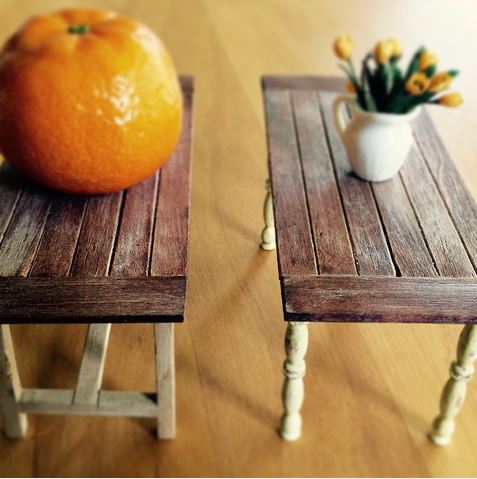
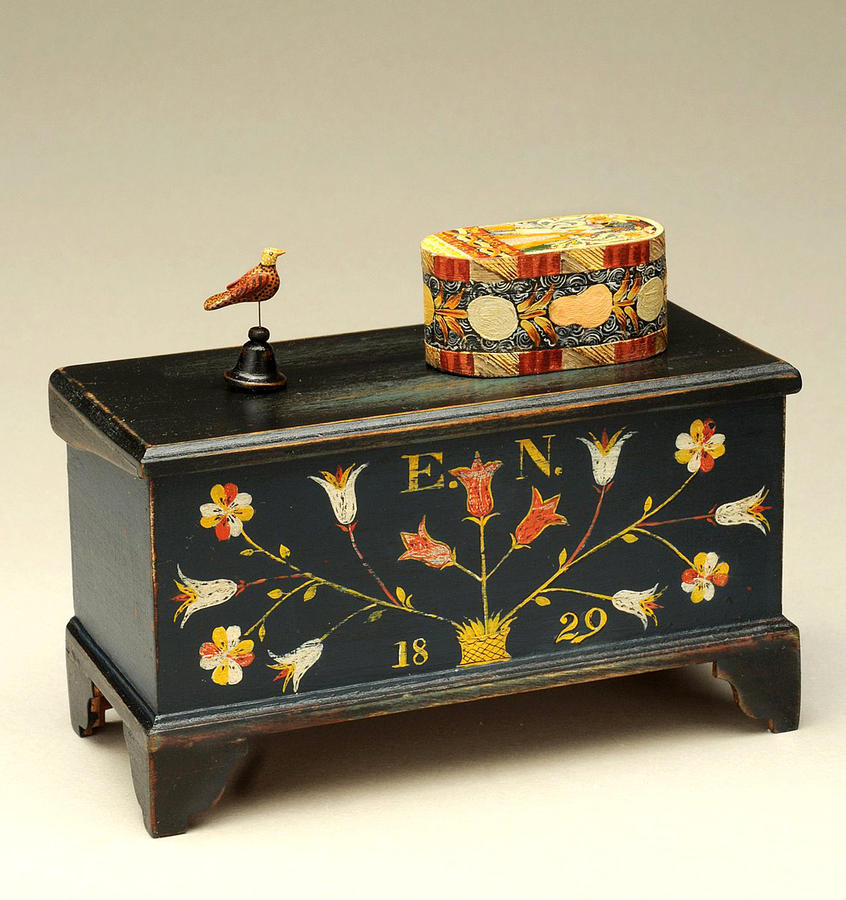
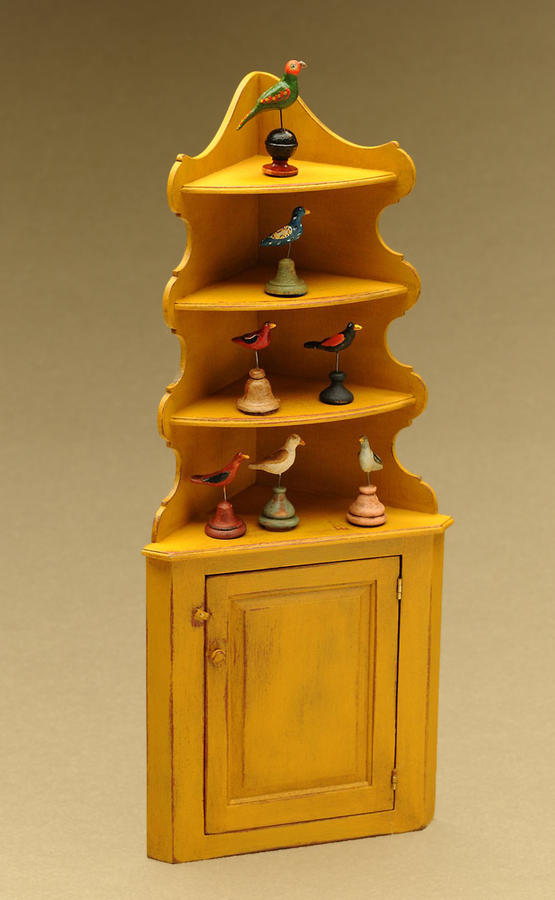
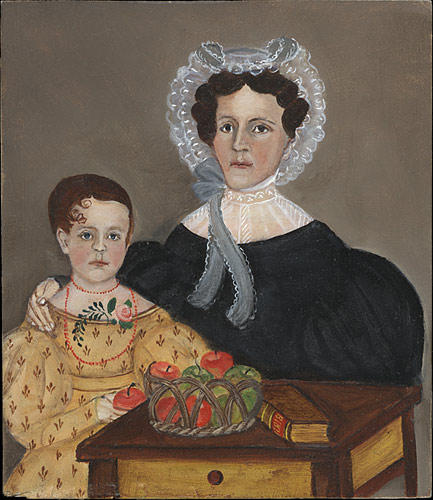
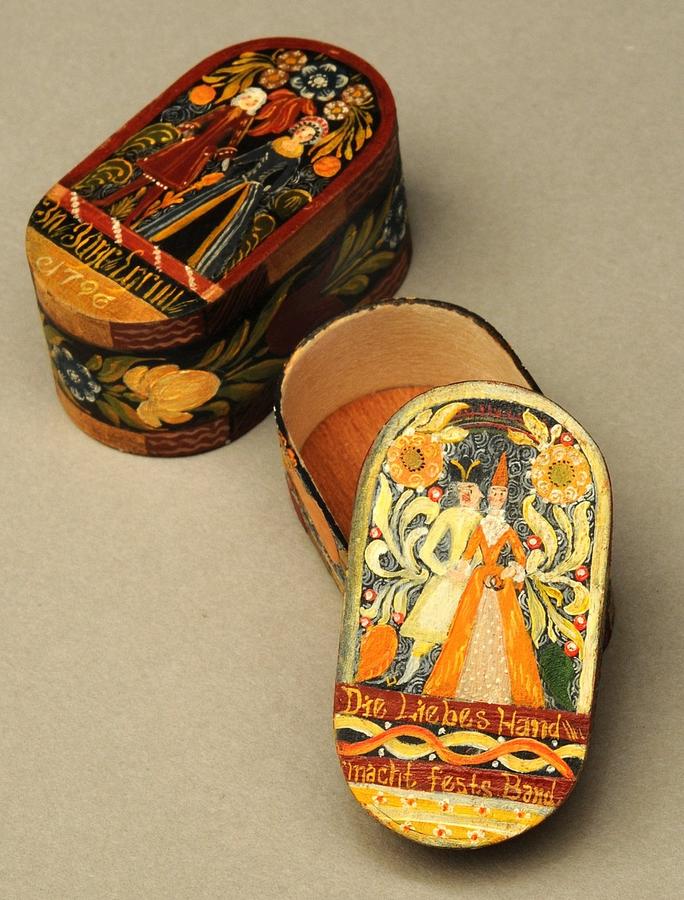
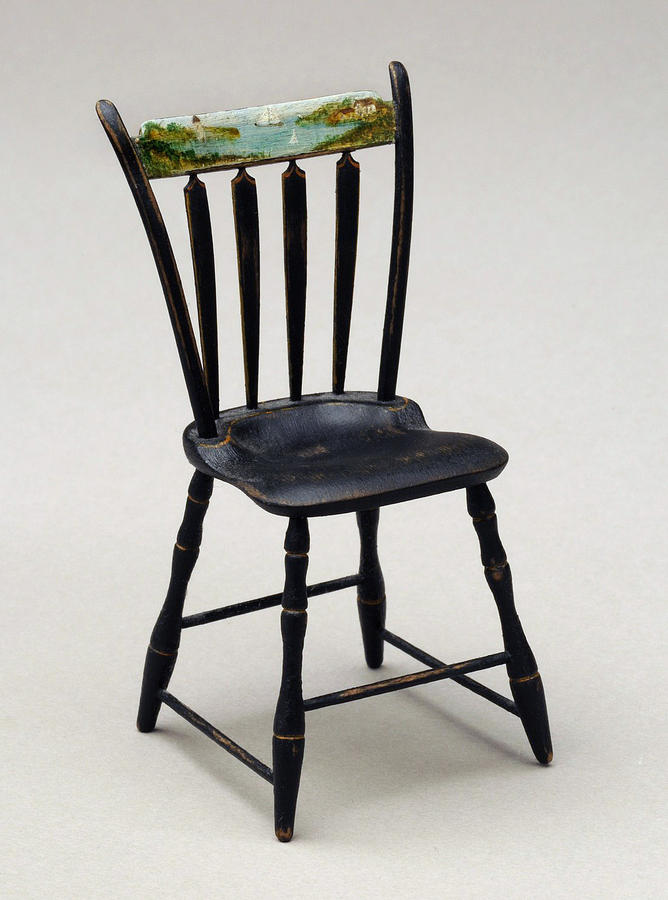
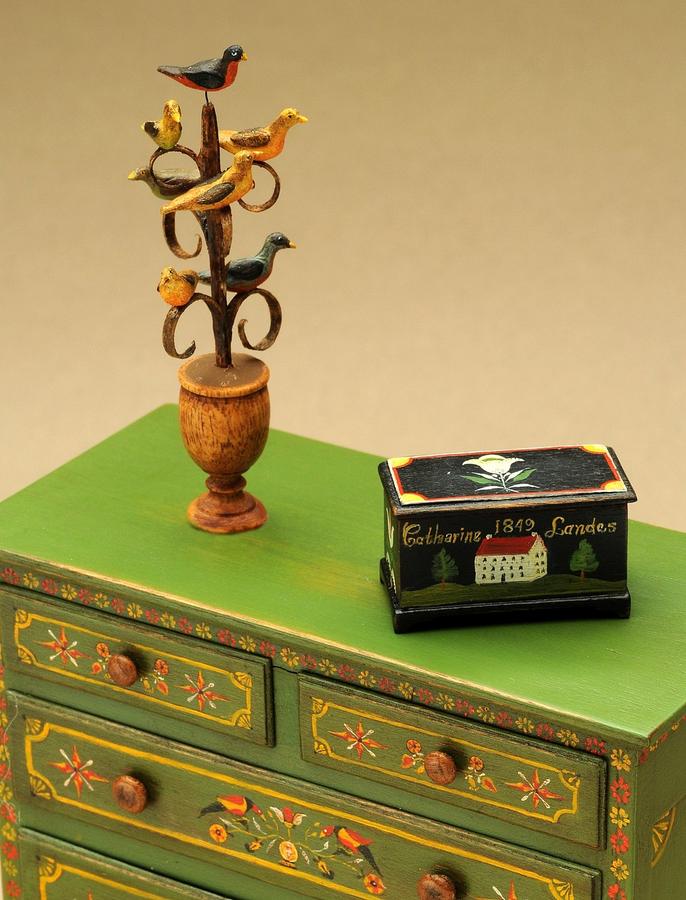








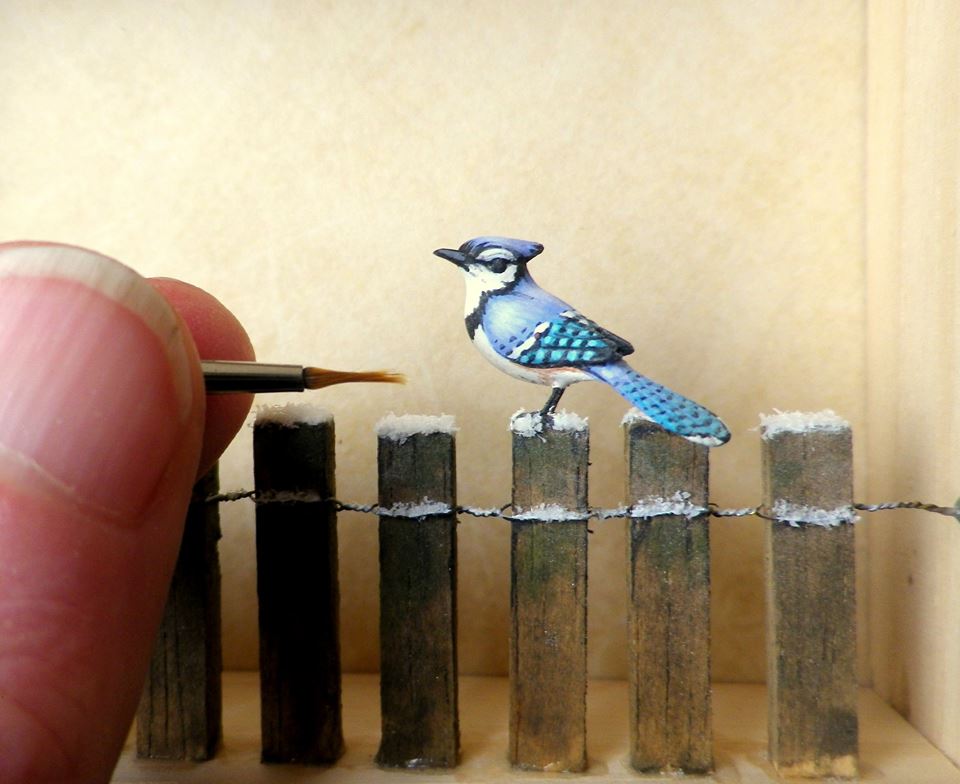
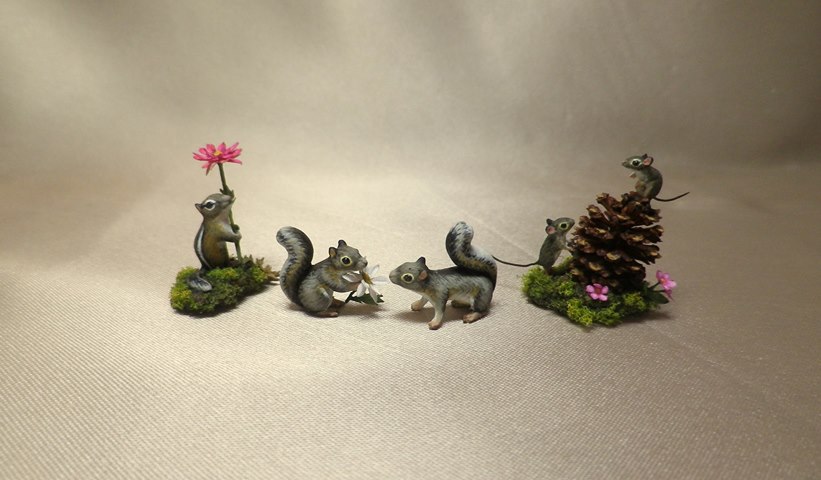
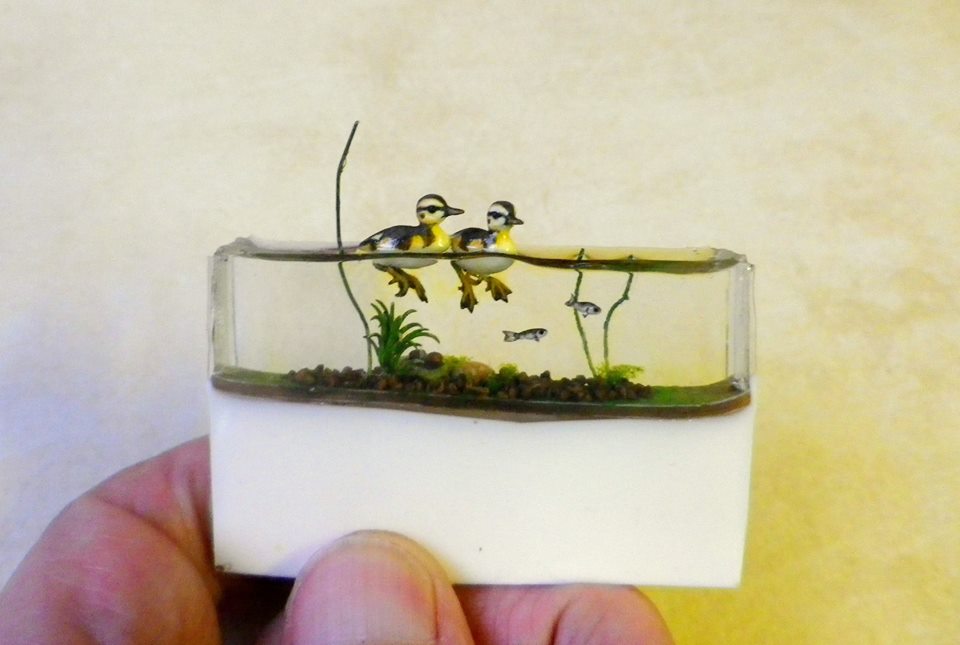
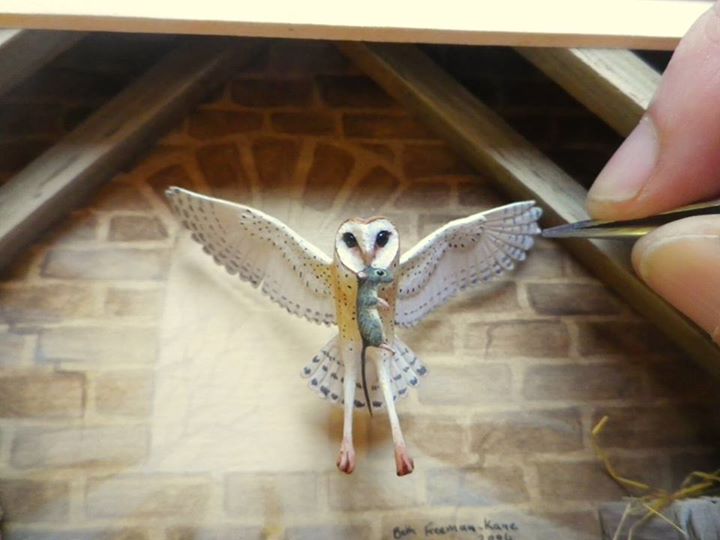
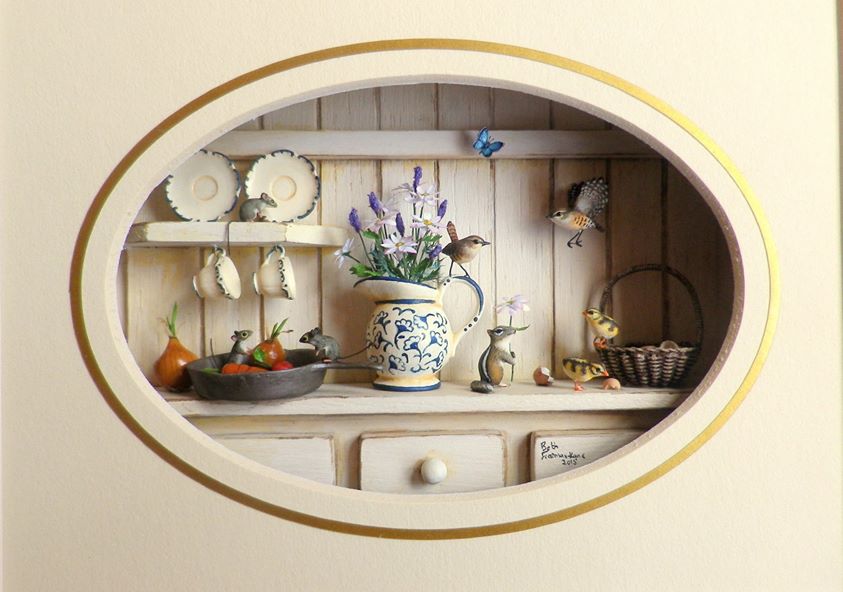
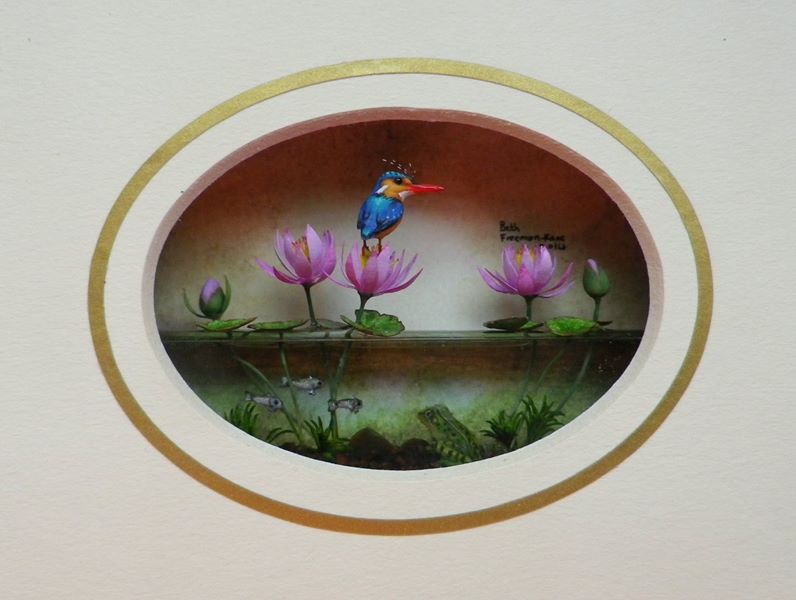
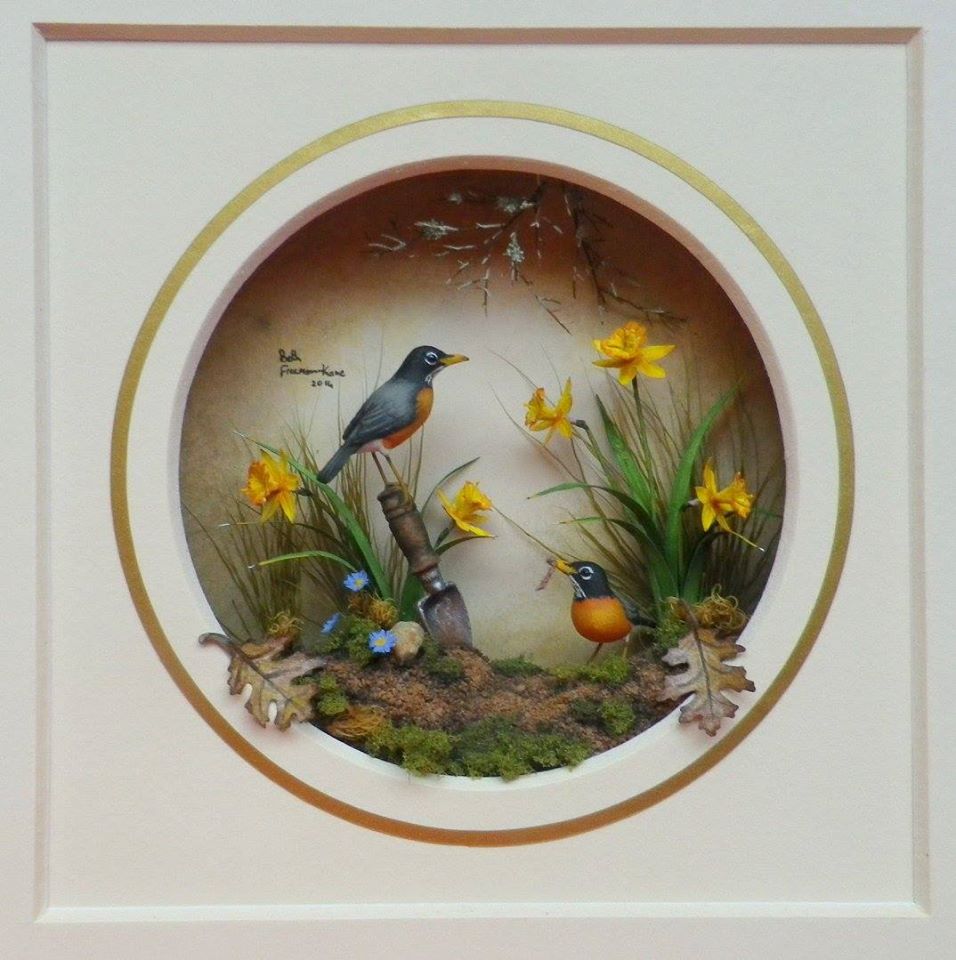
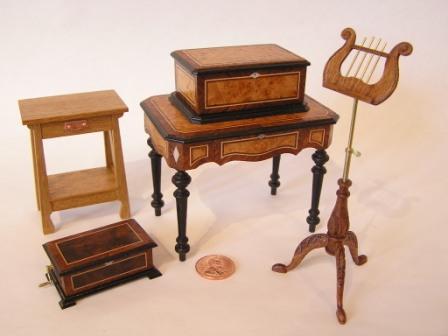
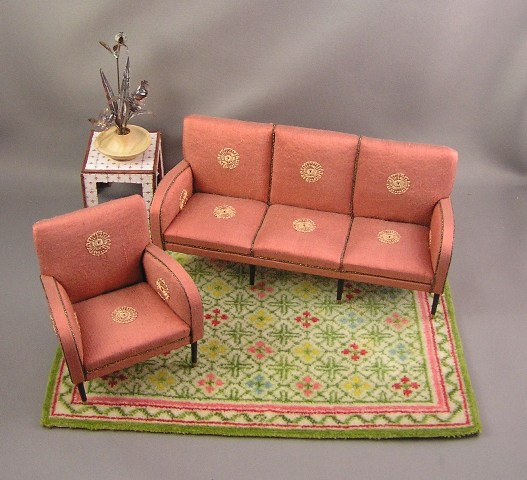
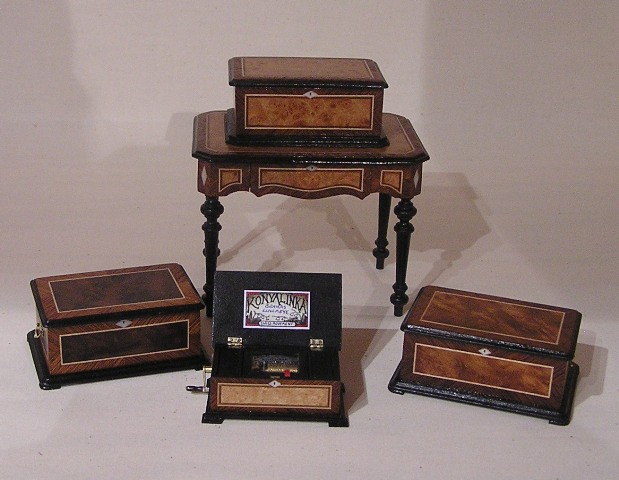
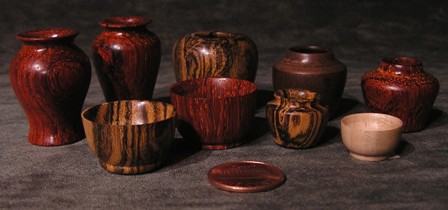
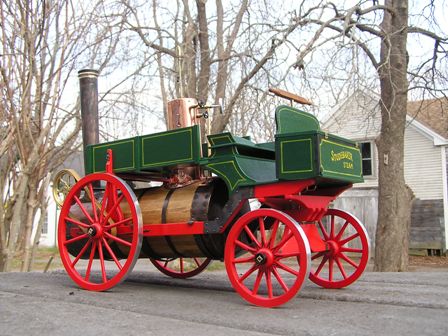
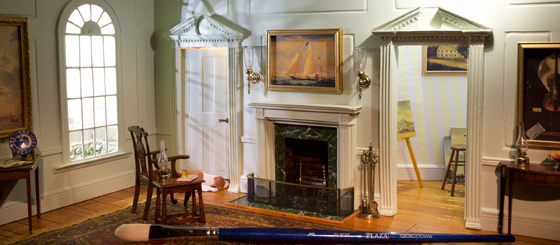
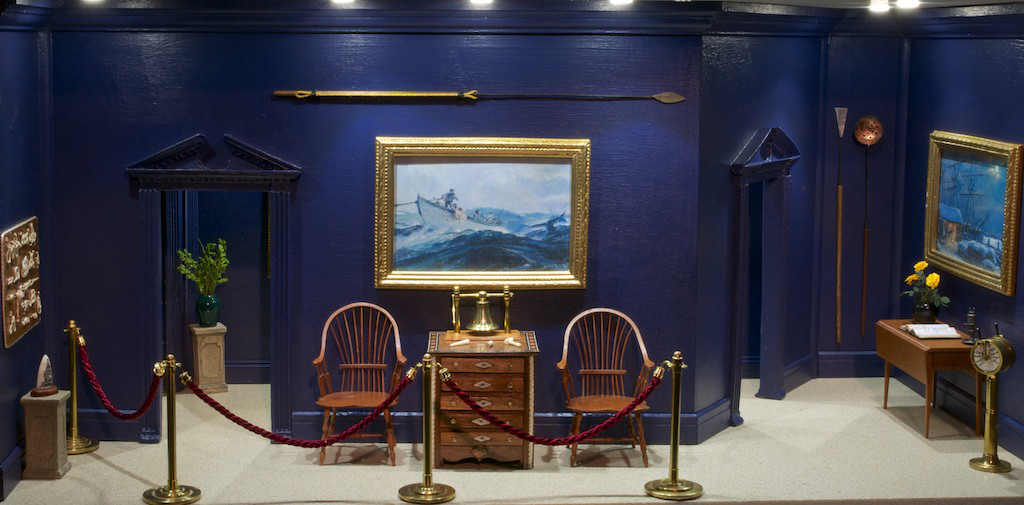
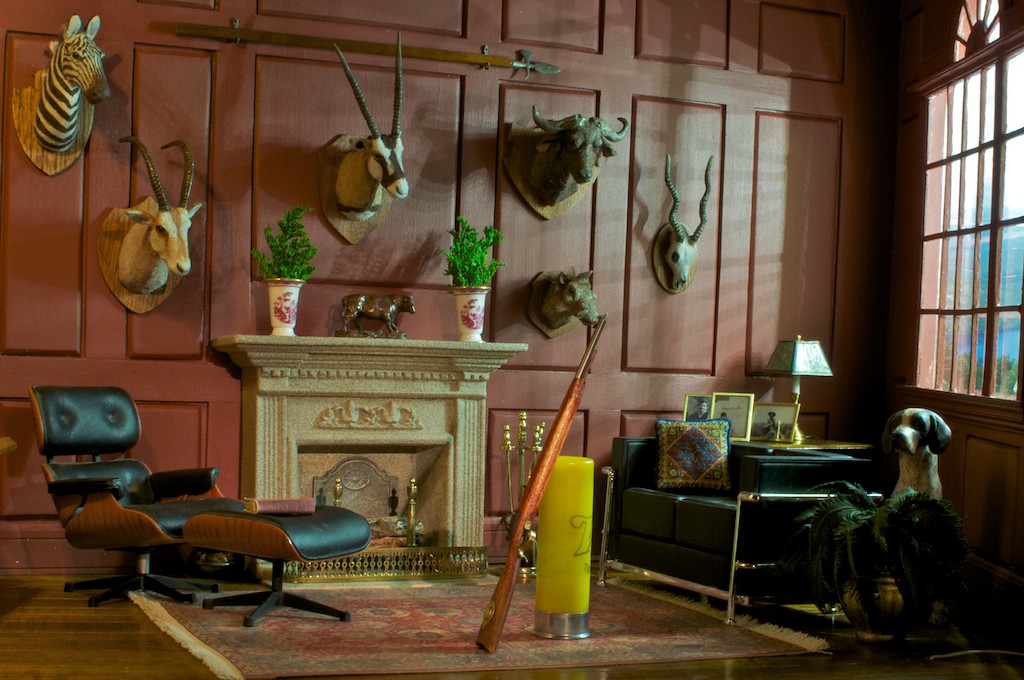
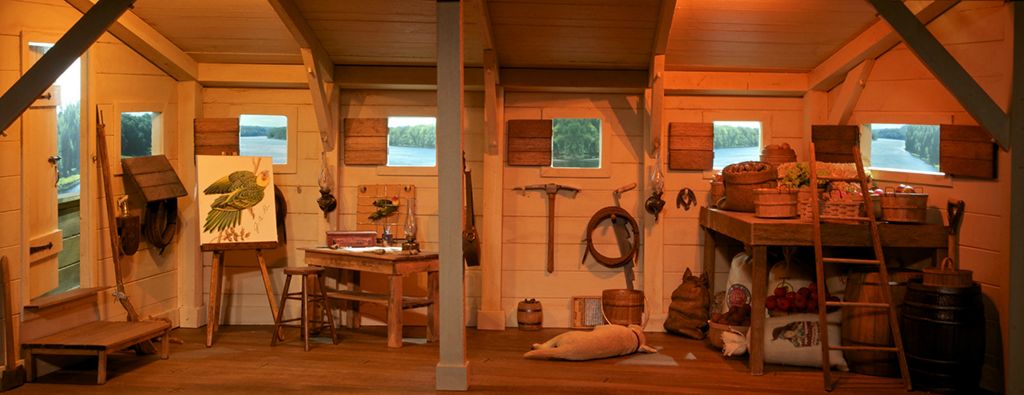
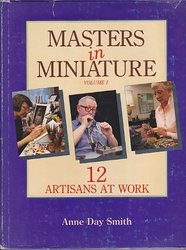
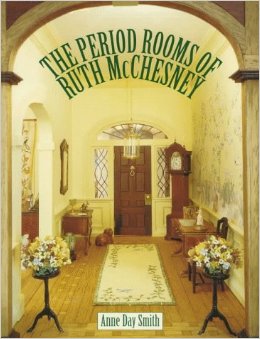
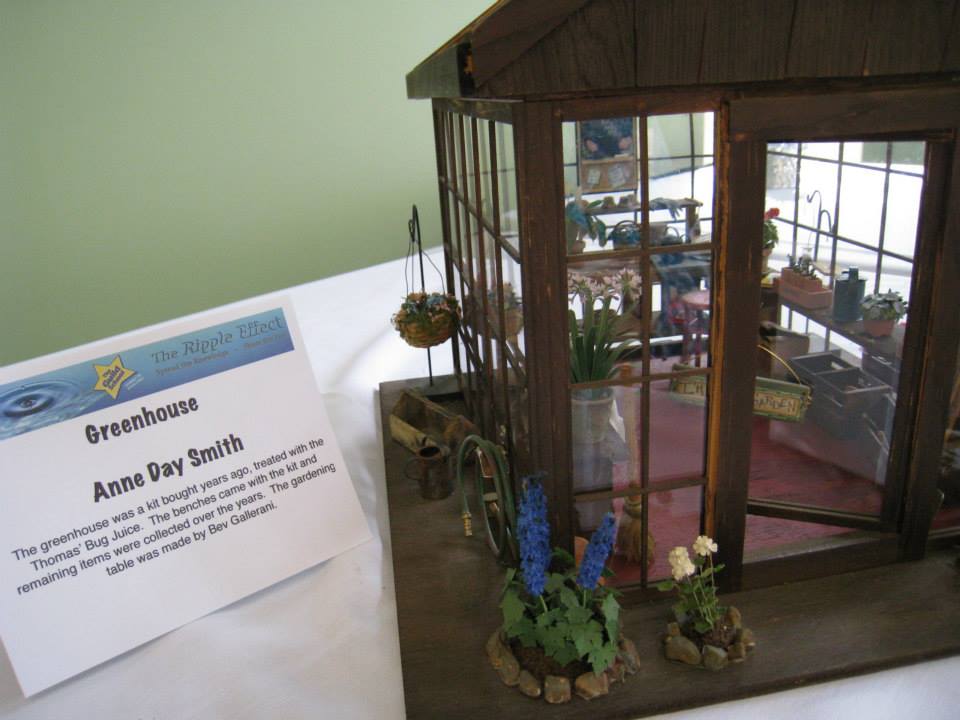
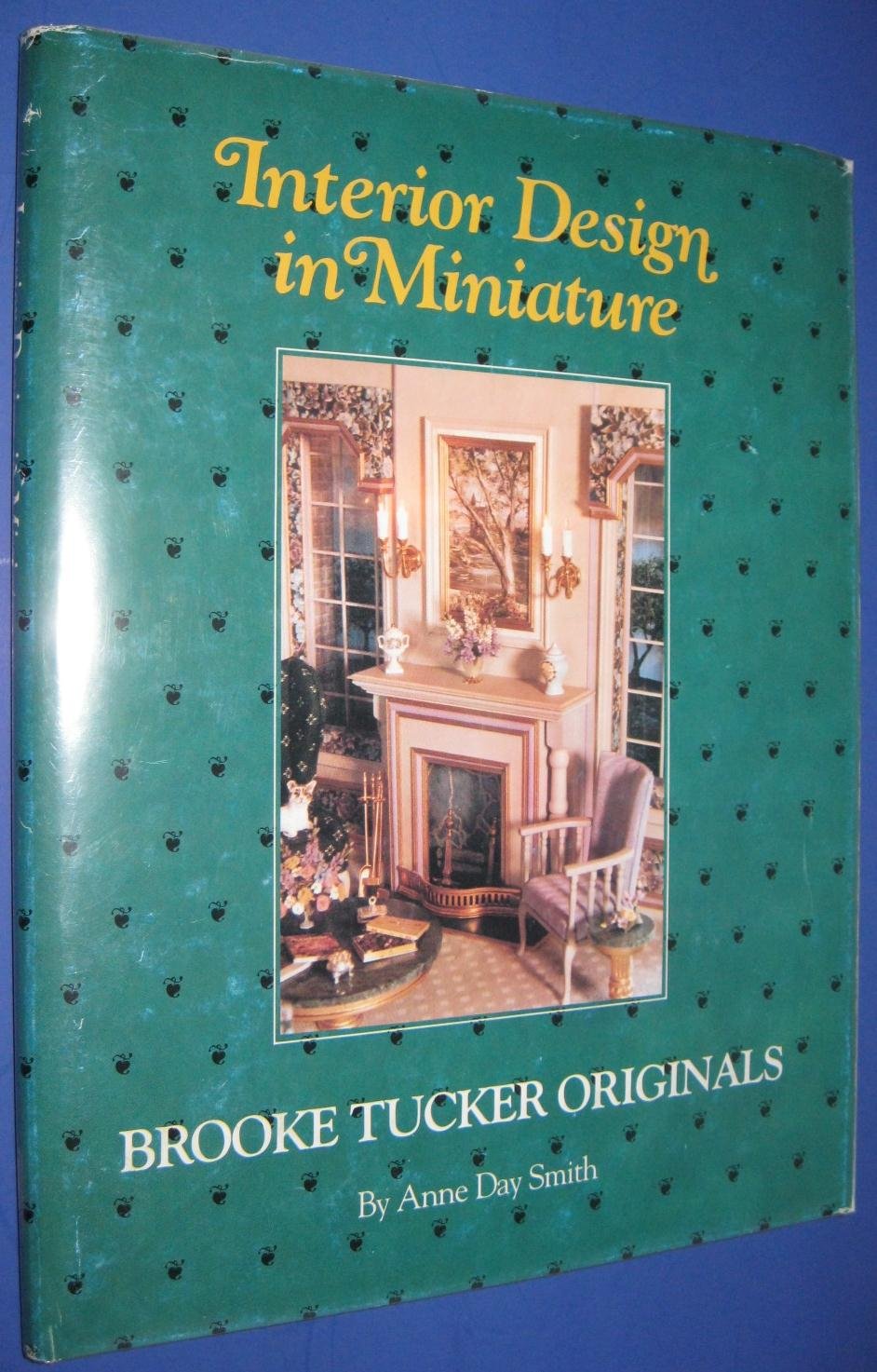
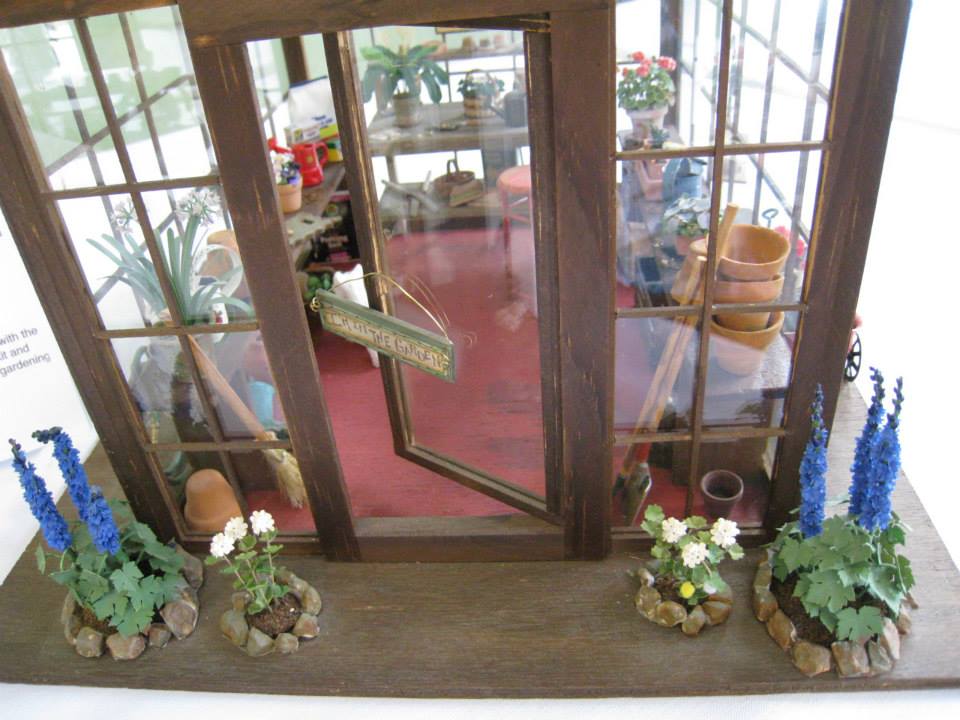
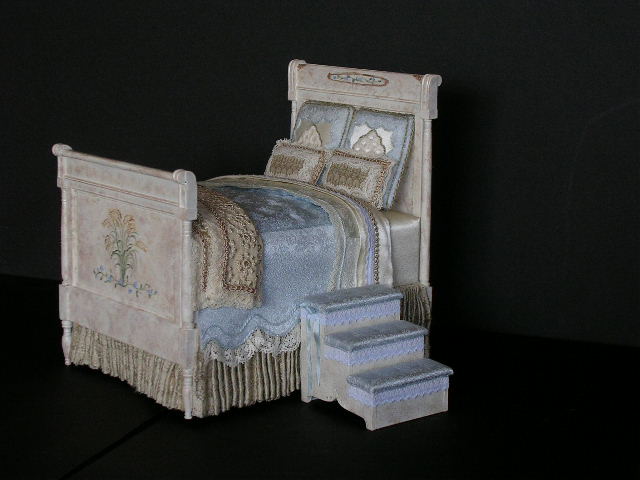
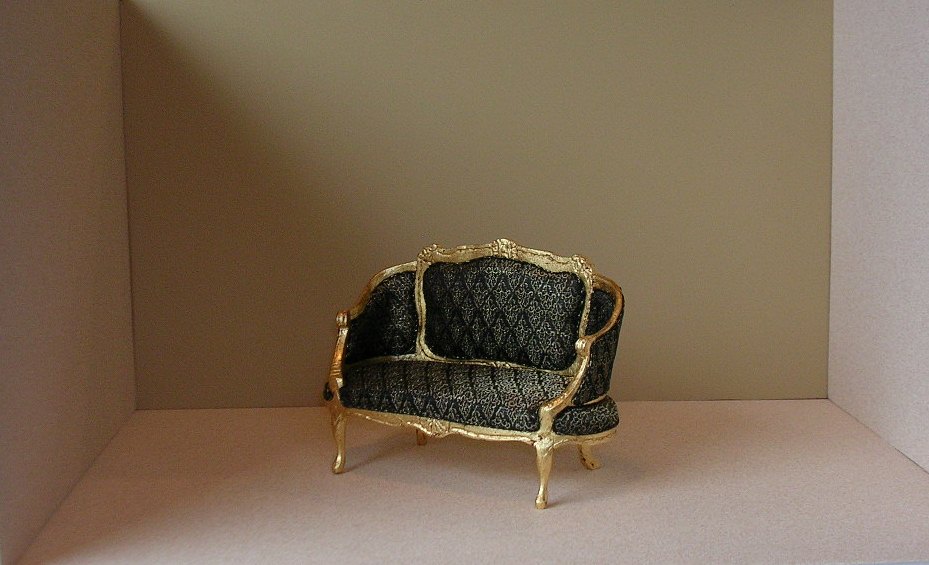
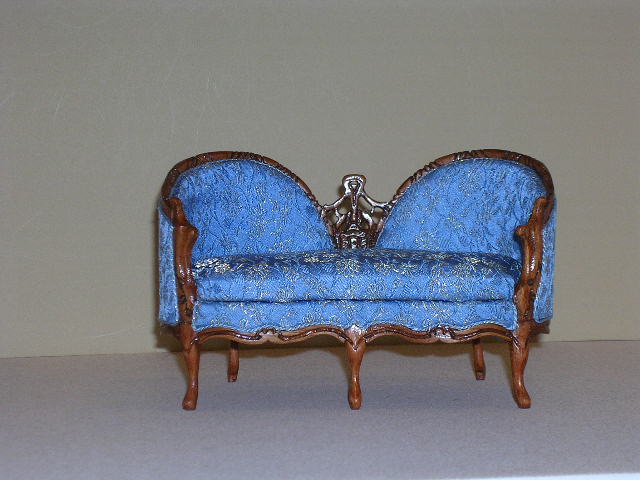
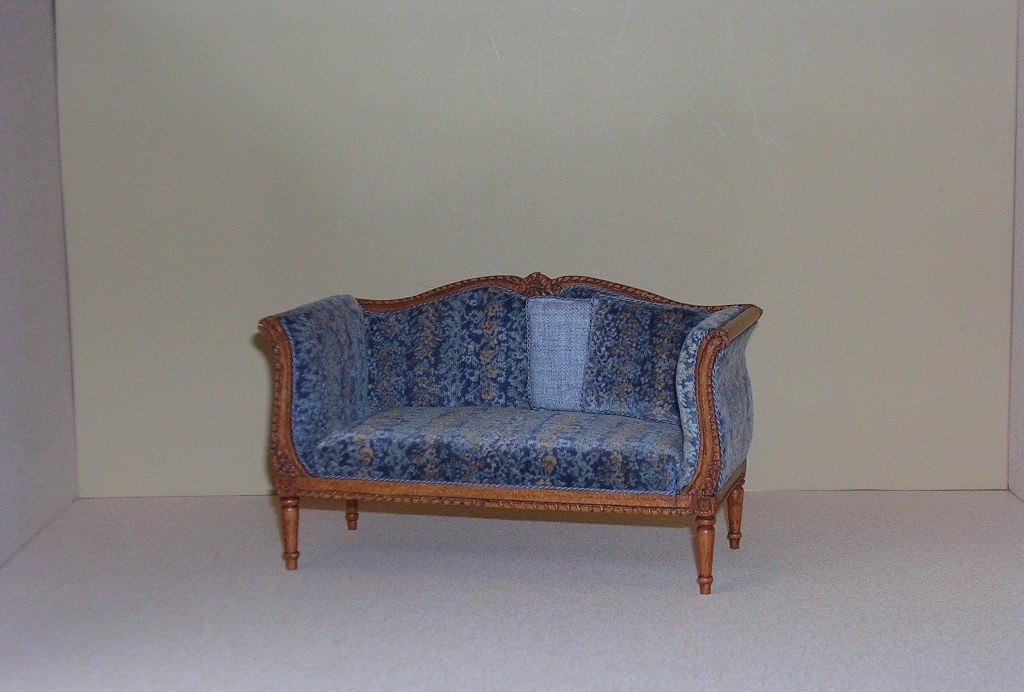
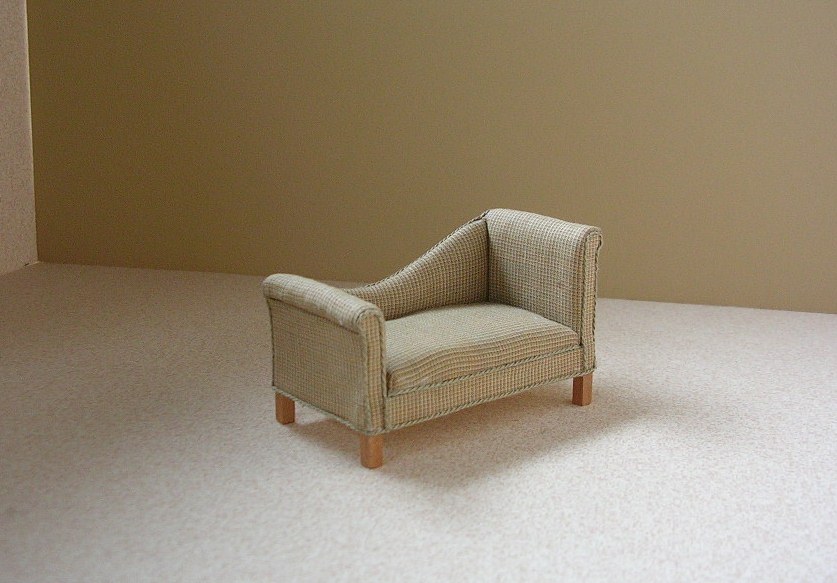
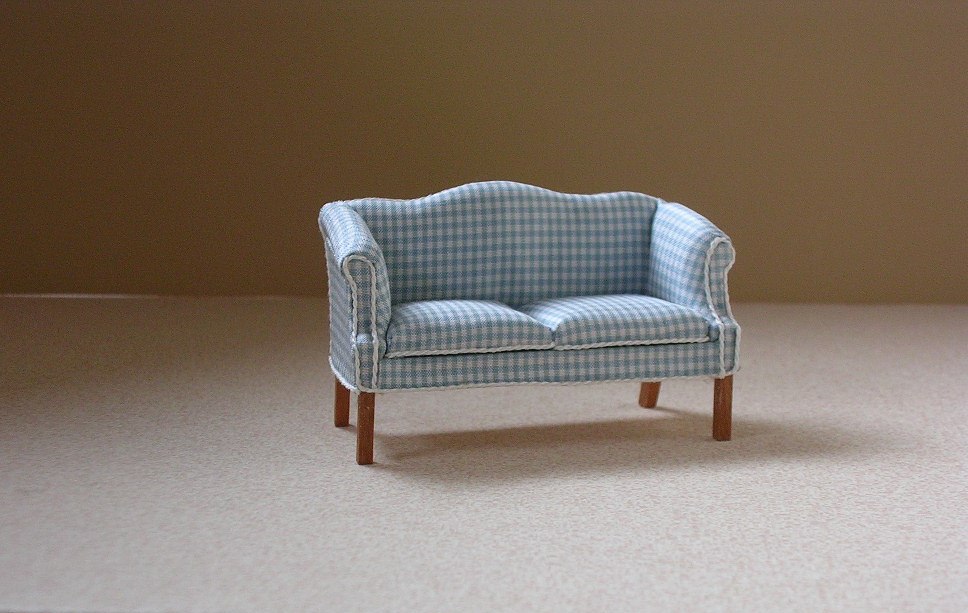
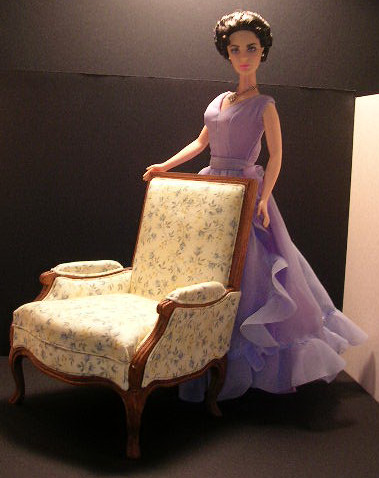
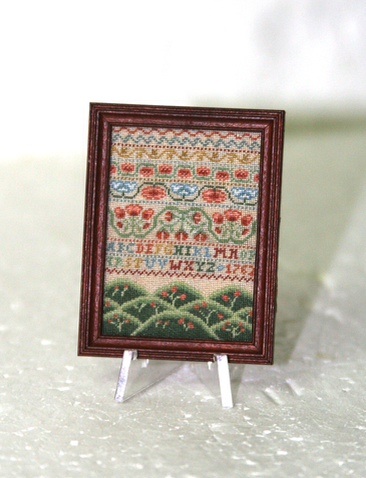 It was that very Christmas that a friend said a doctor in Oak Ridge, Tennessee was going to be at the local museum showing the dollhouses he made. I learned then in 1978 that there were dollhouse magazines and a miniatures shop in Gatlinburg.
It was that very Christmas that a friend said a doctor in Oak Ridge, Tennessee was going to be at the local museum showing the dollhouses he made. I learned then in 1978 that there were dollhouse magazines and a miniatures shop in Gatlinburg.